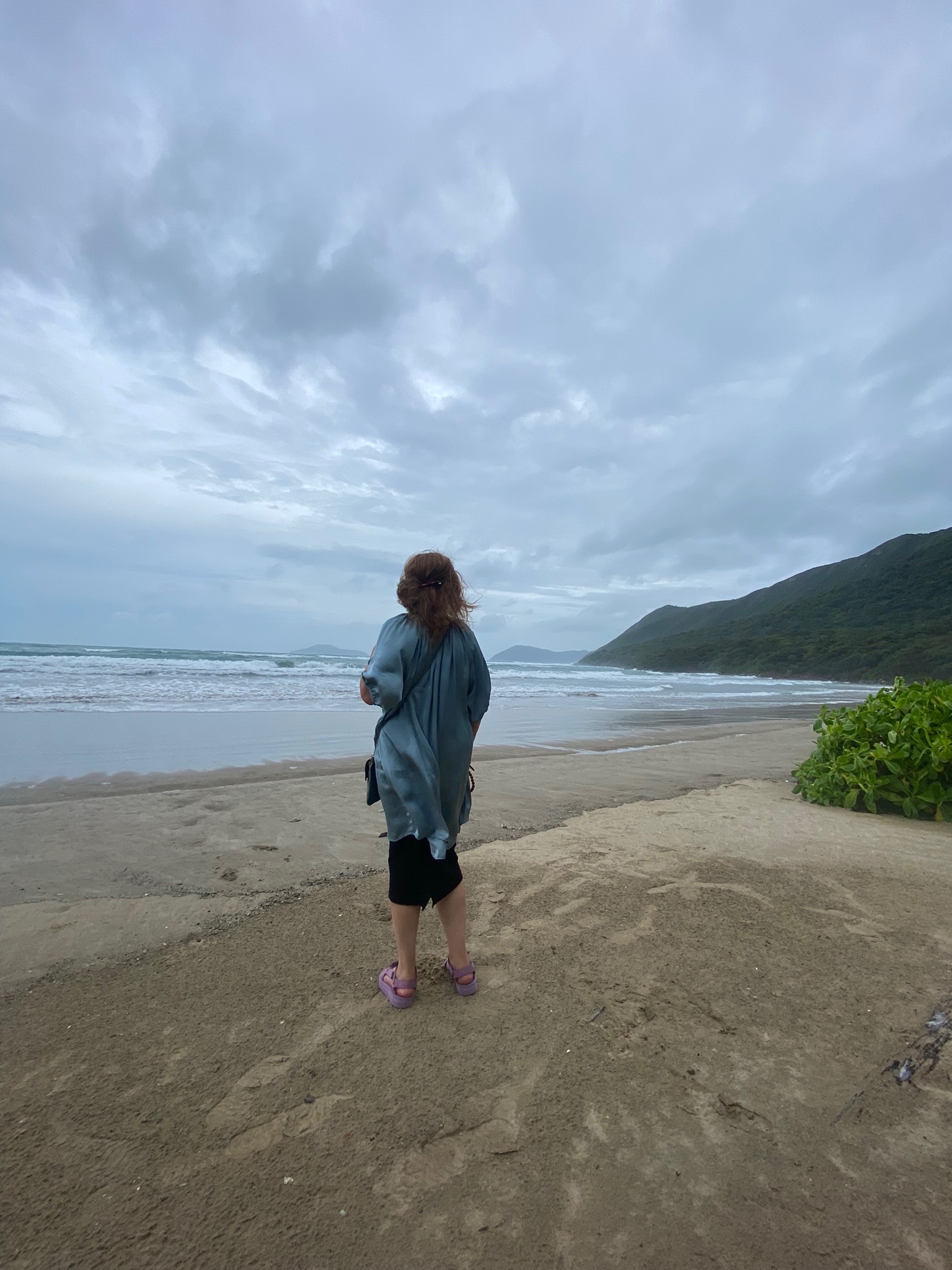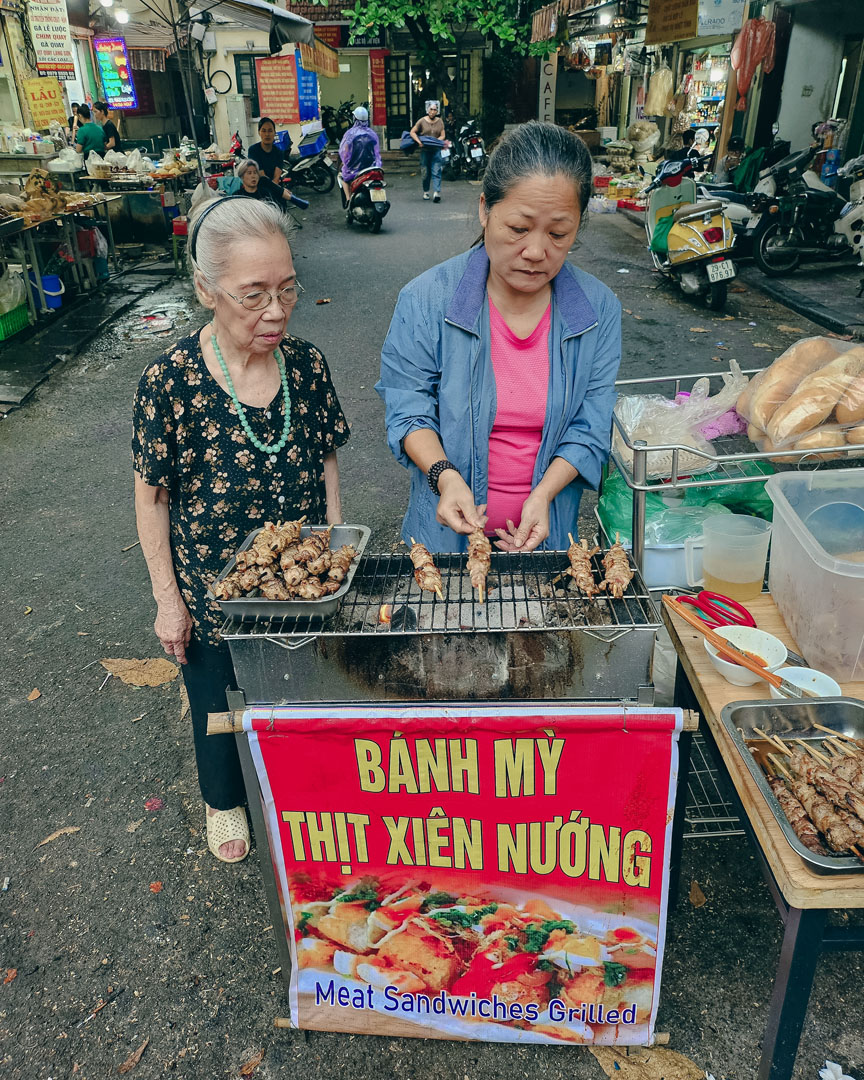Profile in Power: Ho Chi Minh

No matter where you go in Vietnam, it’s impossible to escape from one particular smiling, bearded face. Gazing down at you from the outsides of public buildings, peering up at you from banknotes and coins, looking out from murals, posters, commemorative busts and postage stamps – even the country’s biggest city is named after him. Yep, of one thing there can be no doubt: Ho Chi Minh is watching you.
Who is Ho Chi Minh?
Ho Chi Minh was the son of a Confucian scholar who went on to lead the Viet Minh Independence Movement in Vietnam. Thanks to his role as leader (and then figurehead) of North Vietnam during the Second Indochina War, he became a household name in the West as well as a hero in his own country.
Born in the village of Hoang Tru in 1890, Ho Chi Minh (then Nguyen Sinh Cung) was the son of a Confucian scholar and imperial magistrate. Growing up in colonial Vietnam he received a French education and might have had hopes of a position in local government had his father not been disgraced (as the story goes, Ho’s father sentenced a man to 102 strokes of the cane for some infraction or other. The man died just days later, and Ho’s father was dismissed from his post).
Traveling the world
In 1911, Ho Chi Minh, who was then calling himself Van Ba, left the shores of Vietnam as a cook’s helper on the ship Admirale de Latouche-Treville, bound for Marseille. Though Ho would later claim that his revolutionary sensibilities were awoken during anti-slavery demonstrations in Hue in 1908, he had no such intentions on arrival in France – a fact demonstrated by the fact that he applied to the French Colonial Administrative School.
Following the rejection of this application, Ho then spent six years traveling the world, working on ships and in menial jobs. Ho himself claims a whole raft of employments during these six years, from working as a potwash at the Drayton Court Hotel in West Ealing to being a line manager at General Motors in Boston, and from training as a pastry chef under the legendary Auguste Escoffier to working for a wealthy family in Brooklyn. Since many of these attributions are apocryphal, it’s hard to say what Ho was really up to during this time – but it’s safe to say he put quite a few miles under his belt, and he spent time living in the USA, England, France, Soviet Union and China before finally returning to Vietnam in 1941.

Ho Chi Minh with East German sailors in Straslund Harbor, 1957
Return to Vietnam
By the time he arrived back on home soil, Ho had already been politically active for over 20 years, agitating for the rights of Indochinese people under colonialism while living in France, working for Comintern in the Soviet Union, and giving revolutionary “Youth Education Classes” to expat Vietnamese in Canton (modern-day Guangzhou) – where he is also thought to have married a young Chinese woman, Zeng Xueming, in 1926.
Having been instrumental in the Communist parties of both Russia and China, Ho now set his sights on a revolution in his home country. As the head of the Viet Minh independence movement – which was then closely, yet clandestinely supported by the USA – he led military offensives against the Vichy French and the Japanese during World War II, and provided intelligence to the Allies.

Ho Chi Minh (third from left, standing) with the United States Office of Strategic Services in 1945
War with the French
In 1945, Ho declared independence for the Democratic Republic of Vietnam (North Vietnam), and named himself its Chairman. To cut a very long story short, the Communist Party failed to reach a peace settlement with France, and by the end of 1946 it had become clear that war was inevitable. Ho declared war on the French Union, inaugurating the First Indochina War – which raged for eight years and finally ended with Vietnamese victory at the Battle of Dien Bien Phu in 1954.
Peace was to be shortlived, however, and the country embarked upon the Second Indochina War (better known to us as the Vietnam War) just one year later, in 1955. By this time, the USA had switched their allegiance from the Viet Minh to the South Vietnamese Army, terrified that Communism would continue to spread throughout Asia – and the world. Ho Chi Minh had then been serving as President of North Vietnam for ten years, and would continue to do so until his retirement in 1965. Despite having withdrawn from leadership, Ho remained an important figurehead for the North Vietnamese up to and beyond his death in 1969 – and when the tanks finally rolled in to the Fall of Saigon in 1975, they displayed banners reading “You are still marching with us, Uncle Ho”.

Perhaps the most famous image of Ho Chi Minh, taken c. 1946
The cult of Ho
The cult of personality surrounding Ho Chi Minh in Vietnam today can be compared to that of Chairman Mao Zedong in the People’s Republic of China. His image adorns every classroom, public building and banknote; his mausoleum dominates Hanoi’s central square, and any criticism of his leadership remains taboo. Even his relationship history is off-limits, as the Communist regime maintains that Ho Chi Minh would never let a romantic entanglement distract him from his cause.
No mention is ever made of the political oppression that occurred while the Communist Party established itself in North Vietnam, nor the hundreds of thousands of civilians who died at the hands of the Viet Minh regime during Ho’s lifetime.
Tales of the former president’s modesty and humility, meanwhile, are ubiquitous. In the most famous example of his commitment to a humble lifestyle, it is told that rather than live in the ostentatious yellow Presidential Palace, Ho opted for a simple, wooden stilt house in the palace grounds, where he lived until his death. Uncle Ho’s stilt house can still be visited today by any tourist to Hanoi – complete with signs and leaflets extolling the great leader’s myriad virtues.

Ho Chi Minh with his goddaughter, Elizabeth Aubrac, and her mother, Lucie, in 1946.
The real Ho Chi Minh
His negative attributes and sexual history effaced, “Uncle Ho” is revered in Vietnam as the father of the nation: a puritanical ideologue who devoted his entire life to the liberation of the Vietnamese people. It’s clear to anyone who takes even a cursory interest in the matter, however, that this saintly image of Ho Chi Minh is far from the complete picture – but what with so many differing accounts and apocryphal stories, it’s impossible to get to the bottom of the real Ho Chi Minh.
If you're interested in Vietnam's recent history, take a look at the history pages of our website to find out more. Our travel consultants can put together a trip tailored to your interests and wishes, so don't hesitate to get in touch and start planning today.



